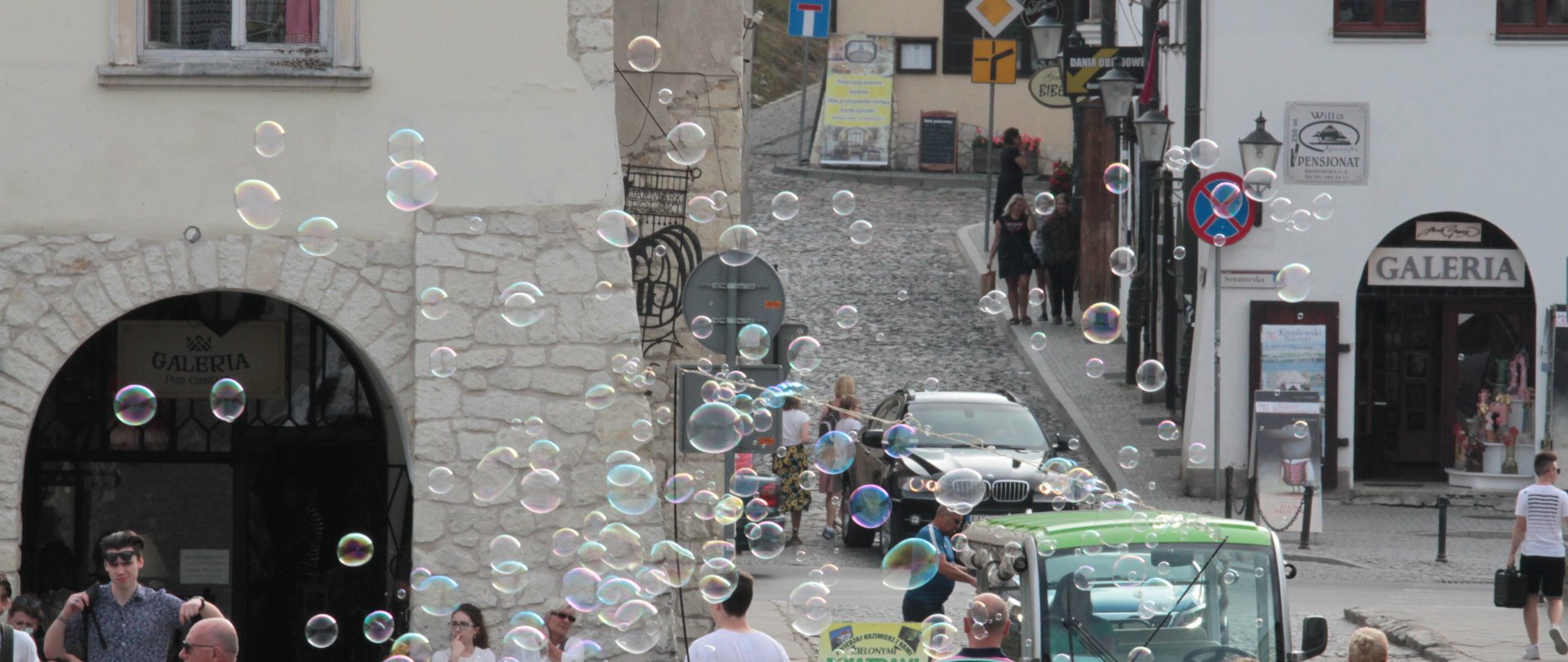Kazimierz Dolny to jedno z najpiękniejszych miasteczek w Polsce, pełne historii, kultury i naturalnego piękna. Rezydencja Eger, położona w sercu tej malowniczej miejscowości, to doskonała baza wypadowa do odkrywania regionu. W tej sekcji znajdziesz szeroką ofertę atrakcji, które czekają na Ciebie w Kazimierzu Dolnym i jego okolicach.
Zima w Kazimierzu Dolnym
Zimą Kazimierz Dolny zmienia się w bajkowe miasteczko, które zachwyca swoją atmosferą. Dowiedz się, jakie zimowe atrakcje czekają na Ciebie w okolicy. Przeczytaj więcej o zimowych urokach Kazimierza Dolnego.
Dla aktywnych
Kazimierz Dolny to także idealne miejsce dla miłośników aktywnego wypoczynku. Odkryj szlaki turystyczne, sporty wodne i inne formy rekreacji w malowniczym otoczeniu. Zobacz więcej na temat atrakcji dla aktywnych.
Kulturalne Skarby
Kazimierz Dolny to prawdziwa perła kultury i sztuki. Poznaj miejsca, które kryją się za historią i tradycjami regionu, oraz wydarzenia, które warto zobaczyć. Zanurz się w kulturze Kazimierza Dolnego.
Historia Kazimierza Dolnego
Kazimierz Dolny to miejsce pełne fascynujących historii. Przekonaj się, jakie tajemnice skrywa to miasto i jego okolice. Poznaj historię Kazimierza Dolnego.
Atrakcje dla dzieci
Kazimierz Dolny to także świetne miejsce na rodzinny wypoczynek. Sprawdź, jakie atrakcje czekają na najmłodszych – od zabaw na świeżym powietrzu po interaktywne wydarzenia. Dowiedz się więcej o atrakcjach dla dzieci w Kazimierzu Dolnym.







